What is AAO(Anodic Aluminum Oxide)?
Anodic aluminum oxide, anodic aluminum oxide (AAO), or anodic alumina is a self-organized form of aluminum oxide that has a honeycomb-like structure formed by high density arrays of uniform and parallel pores. The diameter of the pores can be as low as 5 nanometers and as high as several hundred nanometers, and length can be controlled from few tens of nanometers to few hundred micrometers. Porous AAO is formed by electrochemical oxidation (anodization) of aluminum in acid electrolytes in the conditions that balance the growth and the AAO films are formed with limited thickness.
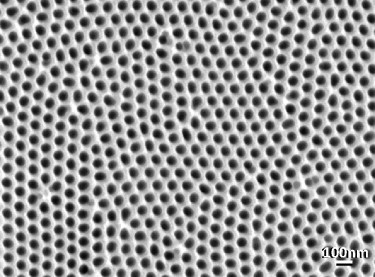
Characteristics and Applications of AAO
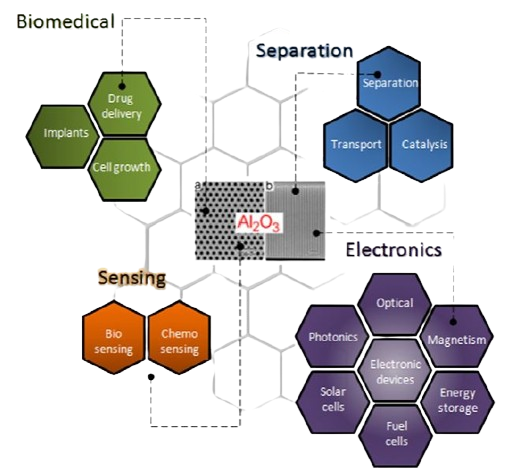
AAO is an alumina ceramic with a nano-channel structure that offers:
- Excellent optical amplification properties
- Optical, electrical, and magnetic anisotropy
- High heat resistance and mechanical durability
- High chemical stability
These characteristics make AAO applicable in various fields.
Why AAO Membrane Filter?
1. Superior Pore Uniformity
- AAO: AAO membranes have highly uniform pore sizes due to their self-organized, nano-channel structure. This results in precise filtration, making them ideal for applications requiring high levels of accuracy, such as in nanotechnology or biomedical fields.
- PES: PES membranes typically have less uniform pore sizes, which can lead to less consistent filtration results.
2. High Mechanical and Thermal Stability
- AAO: AAO membranes exhibit excellent mechanical strength and thermal stability, making them suitable for harsh environments or processes involving high temperatures.
- PES: PES membranes have lower mechanical strength and can degrade at higher temperatures, limiting their use in certain conditions.
3. Chemical Resistance
- AAO: AAO membranes have high chemical resistance, particularly to acids and solvents, making them durable in a variety of chemical environments.
- PES: While PES also offers good chemical resistance, it is less resistant to strong acids and bases compared to AAO.
4. Low Reactivity with Samples
- AAO: AAO membranes have low reactivity with samples, reducing the risk of contamination or interference in sensitive analytical processes.
- PES: PES membranes can have higher reactivity with certain samples, which may affect the accuracy of the results in some applications.
5. Greater Customization and Versatility
- AAO: The pore size and thickness of AAO membranes can be precisely controlled during production, allowing for greater customization based on specific application needs.
- PES: While PES membranes are widely used, they offer less customization in terms of pore size and structural properties.
6. Improved Filtration Efficiency
- AAO: Due to the highly ordered pore structure, AAO membranes can achieve more efficient filtration, particularly for nanoscale particles or molecules.
- PES: PES membranes generally offer good filtration efficiency but may not match the precision and efficiency of AAO membranes for specific high-end applications.
Our Product Advantages
- Lower Price:We supply AAO at prices that are one-third below the current market rate.
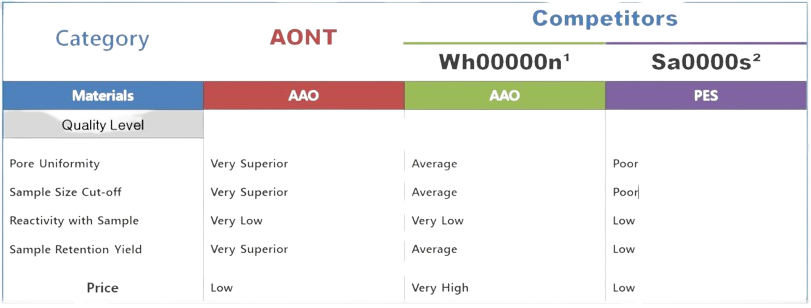
- Larger Size: Our solution offers a large size of 100mm x 150mm.
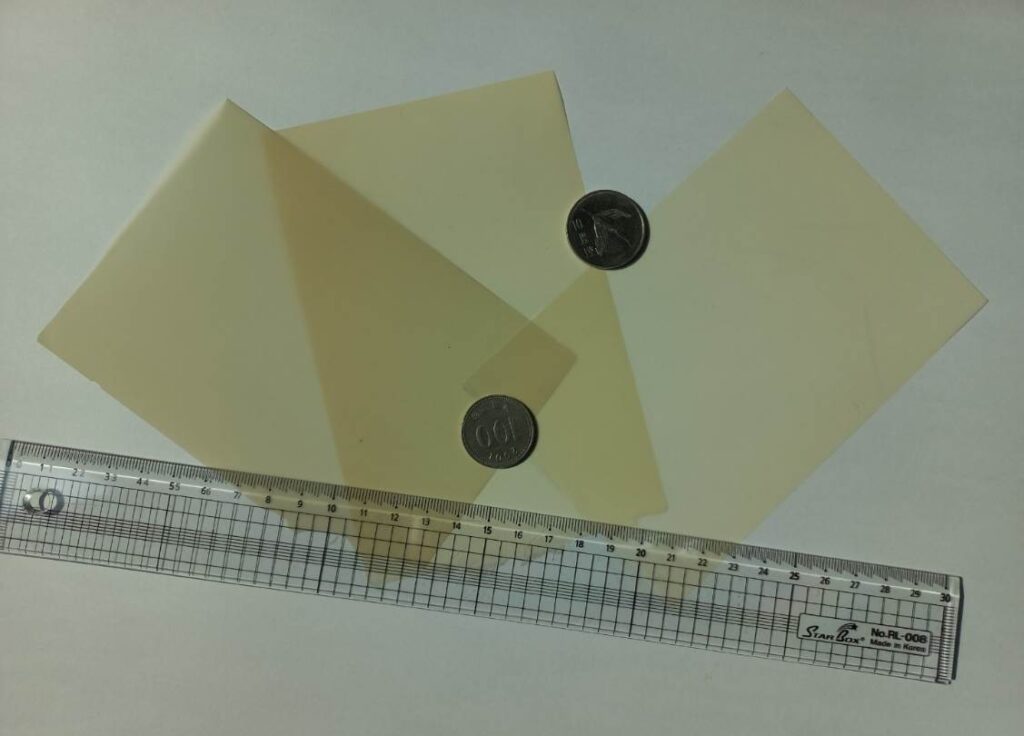
- Superior Quality: Compared to competitors’ AAO products, our AAO has the lowest particle separation frequency in areas above 200nm, with a yield rate that is over three times higher.
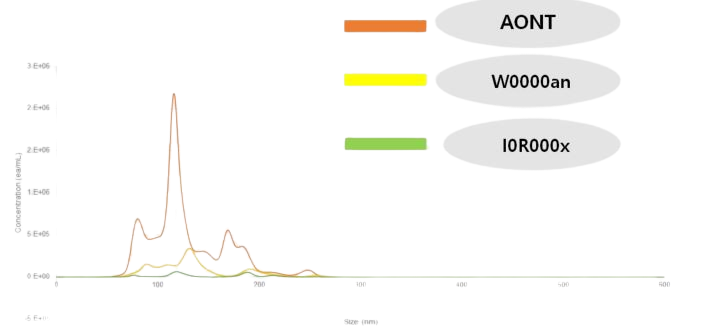

Leave a Reply